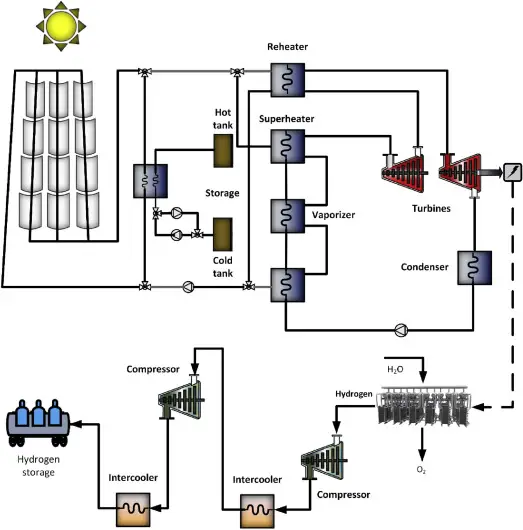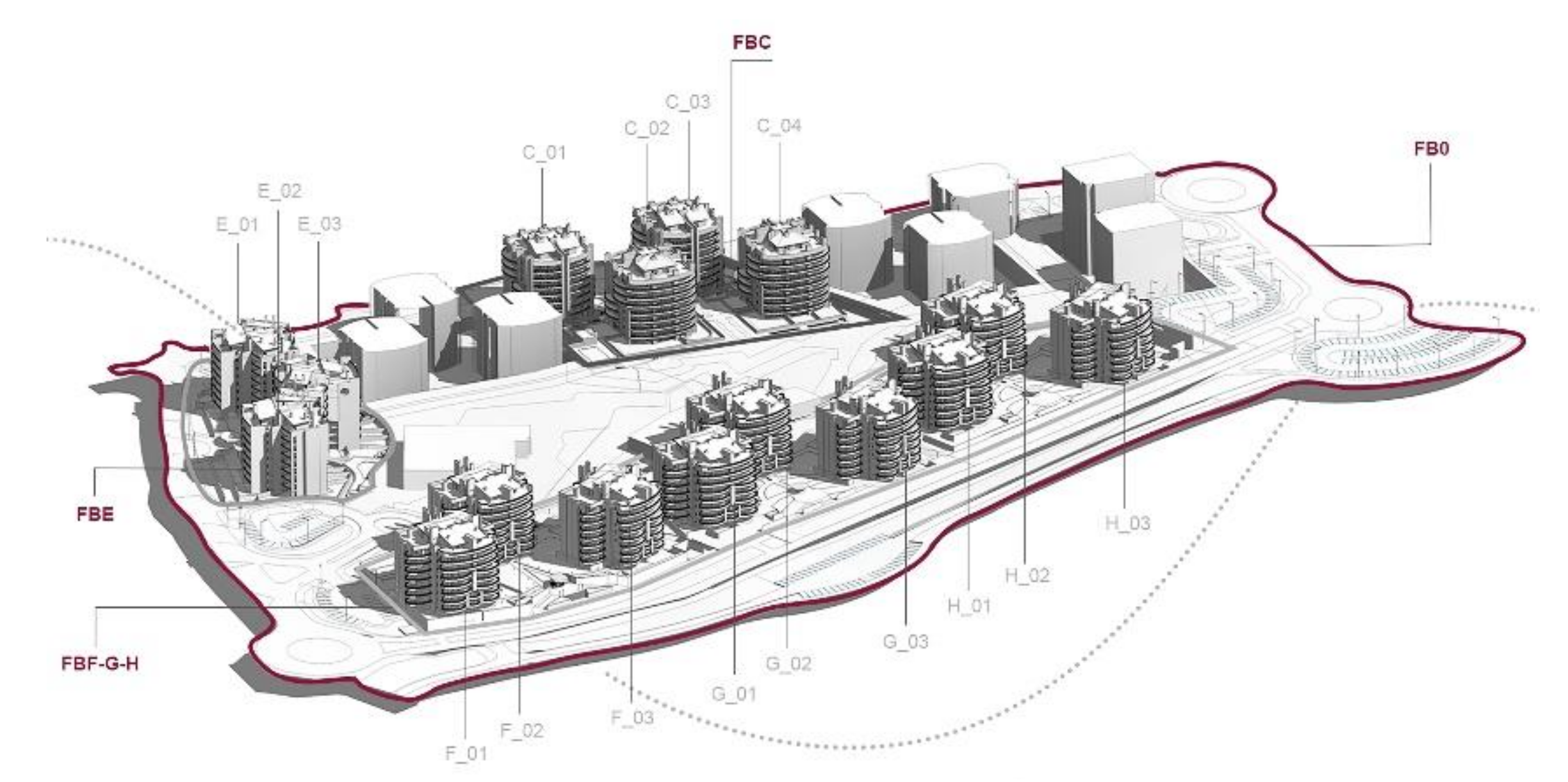The F03 battery charger code indicates a fault in the charger’s circuitry. This error can be due to a power supply issue or a malfunctioning component.
When the charger displays F03, it is important to troubleshoot the problem promptly to avoid damaging the battery or the charging system. Battery chargers play a crucial role in maintaining the health and longevity of batteries for various devices and vehicles.
Understanding the error codes, such as F03, is vital for diagnosing issues and ensuring proper charging functionality. We will explore the potential causes of the F03 error code, troubleshooting steps to address the issue, and preventive measures to avoid future occurrences. By following these guidelines, users can effectively address F03 battery charger errors and maximize the performance and lifespan of their batteries.


Credit: www.sciencedirect.com
Understanding F03 Battery Charger Codes
The F03 battery charger codes are essential indicators that help in diagnosing issues with battery chargers. Understanding these codes is crucial to ensuring efficient and safe charging of your batteries. In this section, we will explore the meaning of F03 codes and the common issues associated with them.
Explanation Of F03 Codes
When the F03 code appears on a battery charger, it typically signifies a fault related to the temperature sensor. The charger uses the temperature sensor to monitor the battery’s temperature during the charging process. If the sensor detects an abnormal temperature or malfunctions, the F03 code is displayed to alert the user.
To resolve the F03 code, it is essential to check if the temperature sensor is properly connected and functioning. Additionally, ensuring that the battery and the environment are within the specified temperature range can also help address this issue.
Common Issues Associated With F03 Codes
- Poor Connection: A common issue leading to the F03 code is a poor connection of the temperature sensor. Inspecting and re-establishing a secure connection can often resolve this issue.
- Faulty Sensor: If the temperature sensor is faulty, it may trigger the F03 code. In such cases, replacing the sensor is necessary to rectify the problem.
- Environmental Factors: Extreme temperatures in the charging environment can also trigger the F03 code. Ensuring the charging area is within the recommended temperature range can help prevent this issue.
Decoding Power Words
Definition Of Power Words
Power words in the context of F03 battery charger codes refer to the specific keywords and phrases that indicate the state of the battery and the charging process. These words are used to communicate crucial information about the functioning of the battery and the charger. Understanding the significance of power words is essential for effectively diagnosing and troubleshooting F03 codes.
Significance In Troubleshooting F03 Codes
The significance of power words in troubleshooting F03 codes cannot be overstated. By recognizing and interpreting these power words, technicians can gain valuable insights into the underlying issues affecting the battery and the charging system. This understanding is pivotal in identifying the root cause of the F03 codes and implementing the appropriate corrective measures to resolve the issues.
Analyzing Troubleshooting Techniques
Explore reliable troubleshooting techniques for decoding F03 battery charger codes. Understand the codes, assess the battery charger system, and pinpoint potential issues with analysis and practical solutions. Stay informed and in control of your battery charger performance.
Analyzing Troubleshooting Techniques Traditional vs. Power Word-Based Troubleshooting When faced with F03 battery charger codes, adopting the right troubleshooting approach can make all the difference. Traditional troubleshooting methods involve following a step-by-step process, whereas Power Word-Based techniques focus on using impactful keywords. Benefits of Using Power Words 1. Enhanced Efficiency: Power words help pinpoint issues quickly. 2. Clear Communication: Simplifies troubleshooting for any user level. 3. Quicker Resolution: Speeds up the diagnosis and fix process. Here’s how the two techniques compare: | Traditional Troubleshooting | Power Word-Based Troubleshooting | | ————————– | —————————– | | Sequential approach |Keyword-focused strategy | | Time-consuming | Efficient and quick | | Complex | Straightforward | In conclusion, the choice between traditional and power word-based troubleshooting methods can significantly impact the speed and efficacy of resolving F03 battery charger codes.Implementing Effective Solutions
When addressing F03 battery charger codes, it’s crucial to implement effective solutions to ensure efficient functioning. By identifying the root cause and employing appropriate measures, businesses can resolve issues promptly and optimize their operations. Implementing such strategies enhances productivity and minimizes downtime, ultimately fostering a seamless workflow.
Implementing Effective Solutions Utilizing Power Words for Quick Resolutions When it comes to troubleshooting F03 battery charger codes, implementing effective solutions becomes crucial. This subheading focuses on utilizing power words for quick resolutions, which can greatly simplify the troubleshooting process. Power words have the ability to convey strong emotions and inspire action, making them a valuable tool in resolving issues efficiently. By incorporating these power words into your troubleshooting strategy, you can effectively communicate the urgency and importance of finding a solution. Case Studies on Successful Troubleshooting To further illustrate the impact of utilizing power words for quick resolutions, let’s look at some case studies on successful troubleshooting. These real-life examples highlight the effectiveness of incorporating power words in the process. Not only do these case studies provide valuable insights, but they also demonstrate how power words can greatly contribute to resolving F03 battery charger codes in a timely manner. 1. Case Study 1: “Emergency Charger Failure Recovery” In this case study, a critical charger failure led to panic among the users. By using power words such as “emergency,” “failure,” and “recovery,” the urgency of finding a quick resolution was conveyed effectively. The troubleshooting team swiftly identified the root cause and resolved the F03 battery charger code within a matter of hours. 2. Case Study 2: “Rapid Response to F03 Battery Charger Code” In this second case study, the power words “rapid response” played a significant role in resolving the F03 battery charger code. The troubleshooting team understood the importance of acting quickly to prevent further disruptions. By leveraging power words that emphasized speed and efficiency, they successfully identified the issue and implemented a solution within minutes. 3. Case Study 3: “Efficient Troubleshooting for F03 Battery Charger Code” This final case study highlights the use of power words such as “efficient” and “troubleshooting” to quickly identify and resolve the F03 battery charger code. The emphasis on efficiency motivated the troubleshooting team to streamline their process and prioritize finding a solution promptly. As a result, the issue was resolved with minimal downtime and user frustration. In conclusion, utilizing power words for quick resolutions is a powerful technique in troubleshooting F03 battery charger codes effectively. These case studies demonstrate the significant impact power words can have in conveying urgency and ensuring timely resolutions. By incorporating power words into your troubleshooting strategy, you can optimize your approach and enhance your chances of finding efficient solutions to F03 battery charger codes.Enhancing User Experience
Providing a seamless user experience is key when it comes to battery charger codes. Users should be able to troubleshoot and utilize their battery chargers efficiently without any hassle. In this section, we will discuss two important aspects of enhancing the user experience with F03 Battery Charger Codes: streamlining troubleshooting processes and tips for efficient use of power words.
Streamlining Troubleshooting Processes
When users encounter issues with their battery chargers and see the F03 code flashing, it is important to streamline the troubleshooting process. By following these simple steps, users can quickly identify and resolve the problem:
- Refer to the user manual: The user manual contains valuable information about error codes and their meanings. It is always recommended to have the manual handy.
- Check the connections: Ensure that all the connections, including the charger cables and the power source, are properly plugged in and secure.
- Inspect the battery: Check the battery for any signs of damage or corrosion. Clean the battery terminals if necessary.
- Reset the charger: Sometimes, a simple reset can fix the issue. Disconnect the charger from the power source for a few minutes, then reconnect it.
- Contact customer support: If the problem persists, reaching out to the customer support team can provide further assistance and guidance.
Tips For Efficient Use Of Power Words
Power words play a crucial role in conveying information efficiently and effectively. Here are some tips to make the most out of power words when it comes to F03 Battery Charger Codes:
- Use clear and concise language: Choose words that clearly describe the issue or solution without causing confusion.
- Be specific: Instead of vague terms, use precise words that precisely convey the information.
- Highlight important details: Emphasize key points by using power words in bold. This helps users quickly find the most relevant information.
- Keep it simple: Avoid using technical jargon or complex language. The aim is to make the information easily understandable for all users.
- Organize the content: Break down information into headings, subheadings, and bullet points to enhance readability and make it easier for users to navigate.

Credit: www.scribd.com
Future Of Troubleshooting Technology
Modern technological advancements are revolutionizing the way we troubleshoot issues. As we delve into the realm of code F03 battery charger, the integration of AI presents a promising horizon for simplifying the process.
Integration Of Ai In Troubleshooting F03 Codes
AI technology is being harnessed for interpreting F03 battery charger codes swiftly and accurately.
- AI analyzes complex data patterns instantly
- Offers real-time solutions
- Enhances diagnostic precision
Predictions For Simplifying Troubleshooting
Further developments are anticipated to enhance the efficiency of troubleshooting processes.
- Automation of fault detection and repair
- Enhanced predictive analytics
- Instant remote diagnostics

Credit: www.mdpi.com
Frequently Asked Questions For F03 Battery Charger Codes
What Do F03 Battery Charger Codes Mean?
The F03 battery charger codes indicate a fault in the charging system. These codes help identify the specific issue and assist in troubleshooting the problem. It is important to refer to the manual or contact customer support to properly interpret and resolve the F03 codes.
How Can I Fix An F03 Battery Charger Code?
To fix an F03 battery charger code, first, refer to the charger’s user manual for specific instructions on troubleshooting and resolving the issue. Generally, checking the battery connection, ensuring proper voltage input, and inspecting for any visible damage or debris can help fix this code.
If the problem persists, contacting customer support is recommended.
Is It Safe To Use A Battery Charger With An F03 Code?
It is not recommended to use a battery charger with an F03 code as it indicates a fault in the charging system. Continuing to use the charger could lead to further damage to the battery or even potentially cause safety hazards.
It is best to troubleshoot and resolve the issue before using the charger again.
How Do I Reset The F03 Code On My Battery Charger?
To reset the F03 code on a battery charger, follow the instructions provided in the charger’s user manual. Generally, this involves disconnecting the charger from the power source, removing the batteries or battery connections, waiting for a few minutes, then reconnecting everything and restarting the charging process.
If the code persists, it is recommended to contact customer support.
Conclusion
To sum up, understanding F03 battery charger codes is crucial for efficient troubleshooting. By decoding these codes, you can easily identify and rectify issues, ensuring optimal performance. Stay informed, refer to your manual, and utilize online resources for comprehensive guidance on interpreting F03 codes.
Mastering this skill will enhance your charging experience.